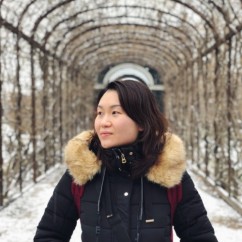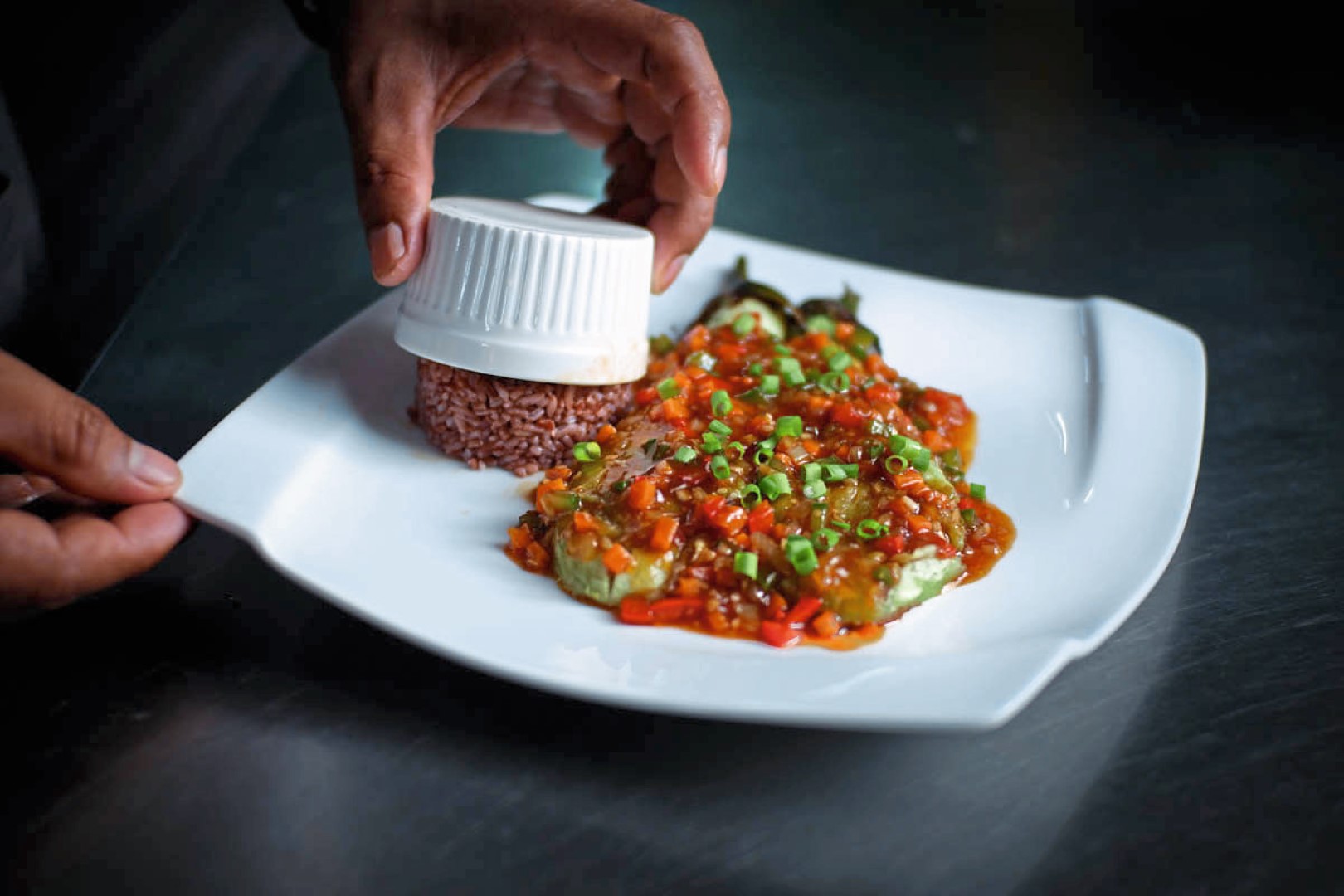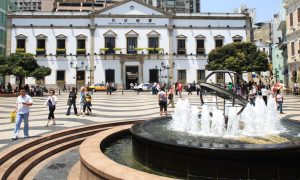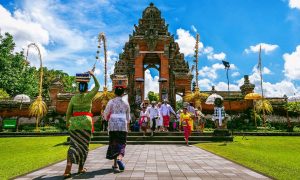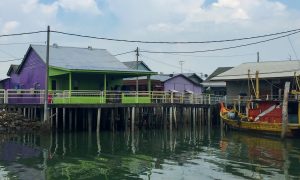Last year, after editing a dear friend’s cookbook, I wrote the following in dedication to the opportunity: “My few short years as a budding freelance travel writer have taught me that the power of food extends beyond what is served on the table in front of you; it is most potent when combined with a story of origin and the person behind the recipe.”
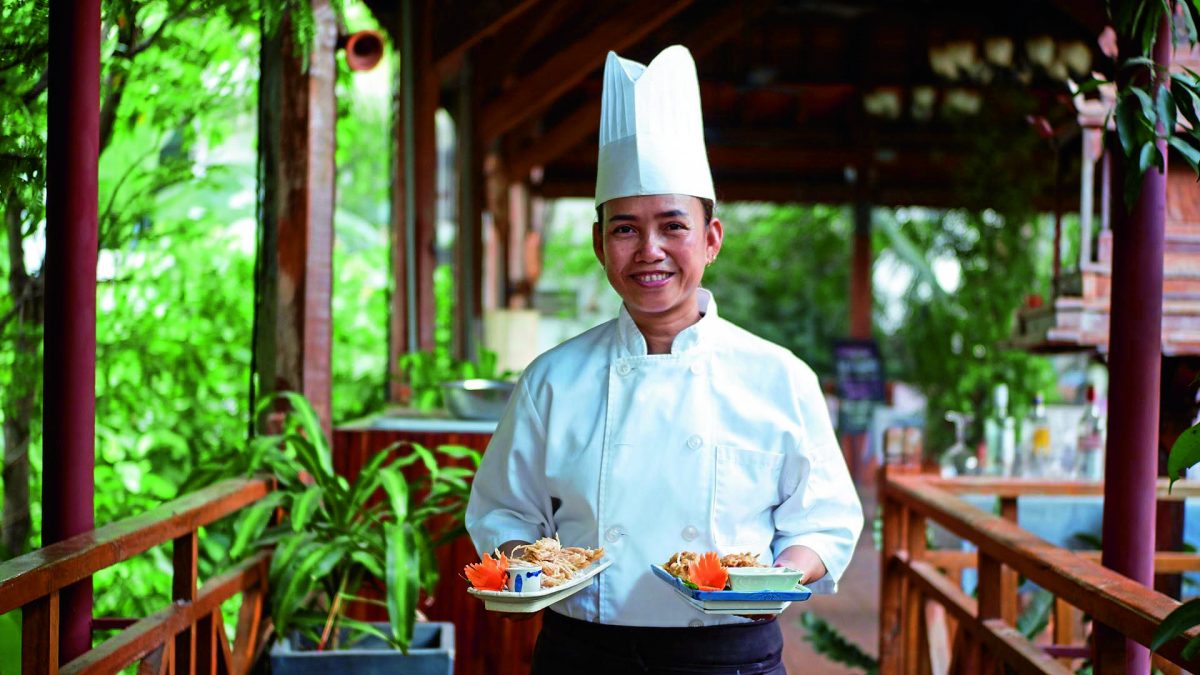
As someone who writes about travel and food, my goal is to find the narratives in food – to recognise the many ways in which what is placed before you comprises much more than a collection of ingredients on a plate (cooked in a particular technique) arranged to supplement nutrition, comfort, and everything in between.
With the Zeitgeist rise of Instagram and all things Insta-worthy, even the food world is not spared. In the last decade, the powerful platform has effectively changed the way chefs cooked and how food looked. The camera eats first, and that inarguably affected how people – including me – made dining choices. While exploring and researching Cambodian cuisine, I found this part of the world’s blithe disregard for the trend to be refreshingly endearing. Flavours remain unchanged, proudly unyielding even with the hike in tourism. Forget making an impression; each dish was rightly an expression of history and culture. Every plate was a reminder of what joy tastes like: simple food, lovingly made, delightfully imperfect.
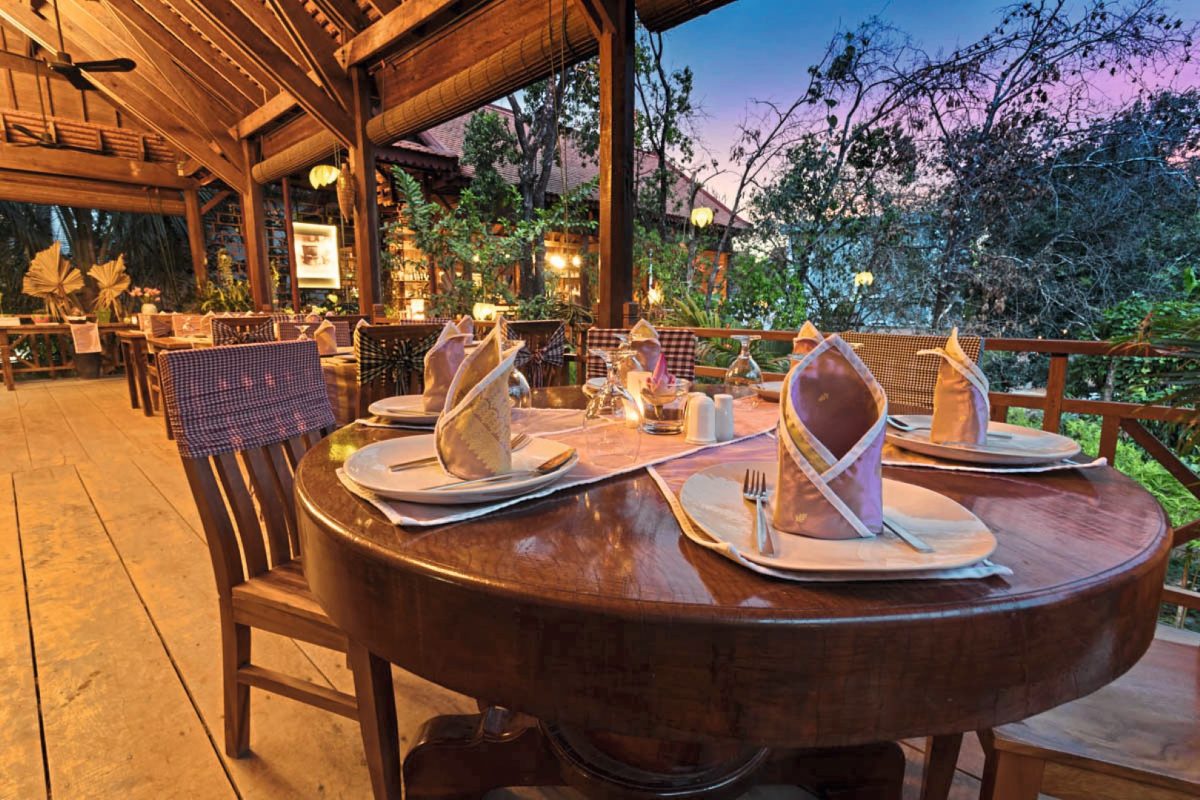
A Cuisine Intertwined with History
To appreciate the cuisine, we must first understand the history. Here, the two are inextricably connected. Between 1975 and 1979, the Khmer Rouge regime ruled Cambodia, and the years of brutality resulted in a wide-ranging genocide, claiming the lives of millions. Whole families died from torture, execution, starvation, and disease. Along with this, many of the country’s traditions and once-vibrant aspects of Cambodian culture almost perished. The gruesome civil war nearly decimated the country’s food culture, including recipes passed down orally through generations, a casualty of genocide. “Memory – that’s a powerful tool in any chef’s kit. Used skilfully, it can be devastatingly effective,” the late Anthony Bourdain wrote in A Cook’s Tour: In Search of the Perfect Meal. Clearly of a similar mind, and determined to preserve the vestiges of the cuisine, Cambodian chefs turned to cooking from memories of taste.
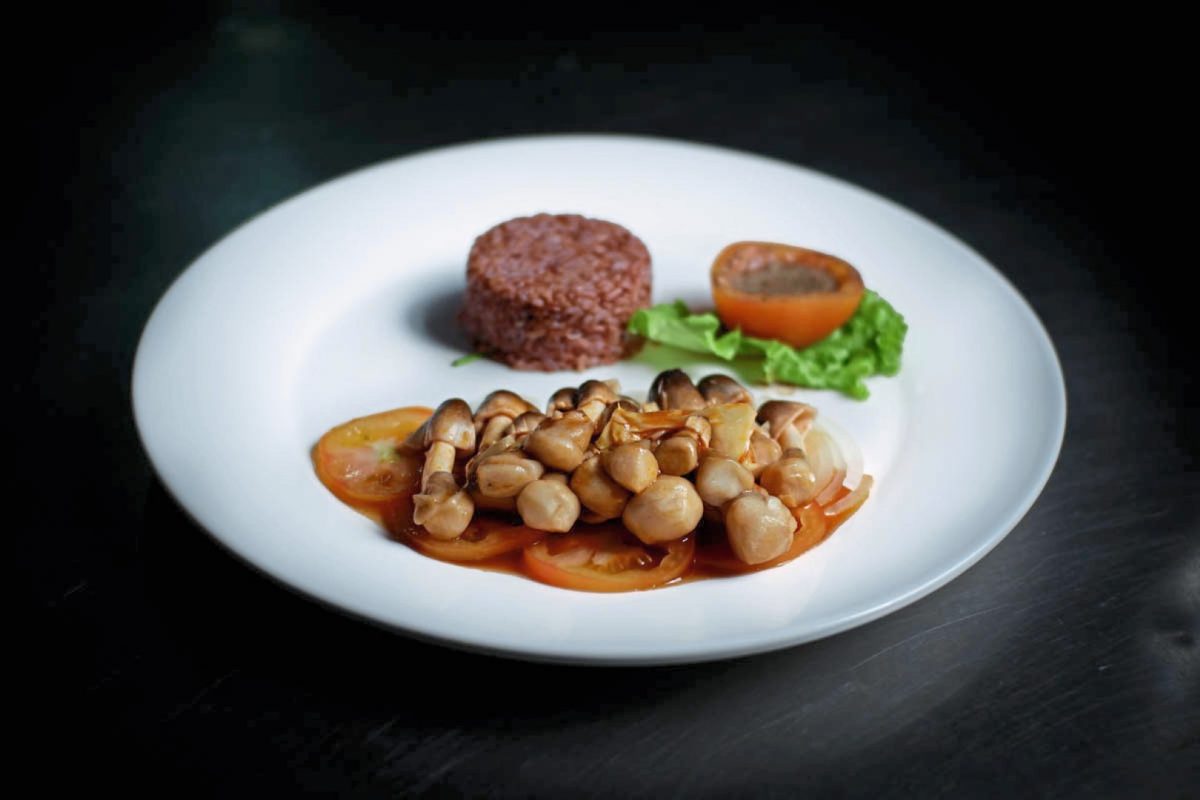
In the years that followed, as Cambodia began the process of reopening to the international community, the full horrors of the regime became apparent. Survivors shared heartbreaking stories to shocked audiences and films made brought the plight of the Khmer Rouge victims to worldwide attention. Yet, there is more to the developing nation than Angkor Wat, poverty, or genocide. Its cuisine is one of Southeast Asia’s lesser-known (but no less fascinating for it), rooted in indigenous ingredients such as pond frogs and fish; rhizomes and herbs like galangal, turmeric, lemongrass, and basil; seasonal farmed and foraged fruits and vegetables like young green jackfruit and wild mango kernels; and prahok (the country’s fetid fermented fish condiment).
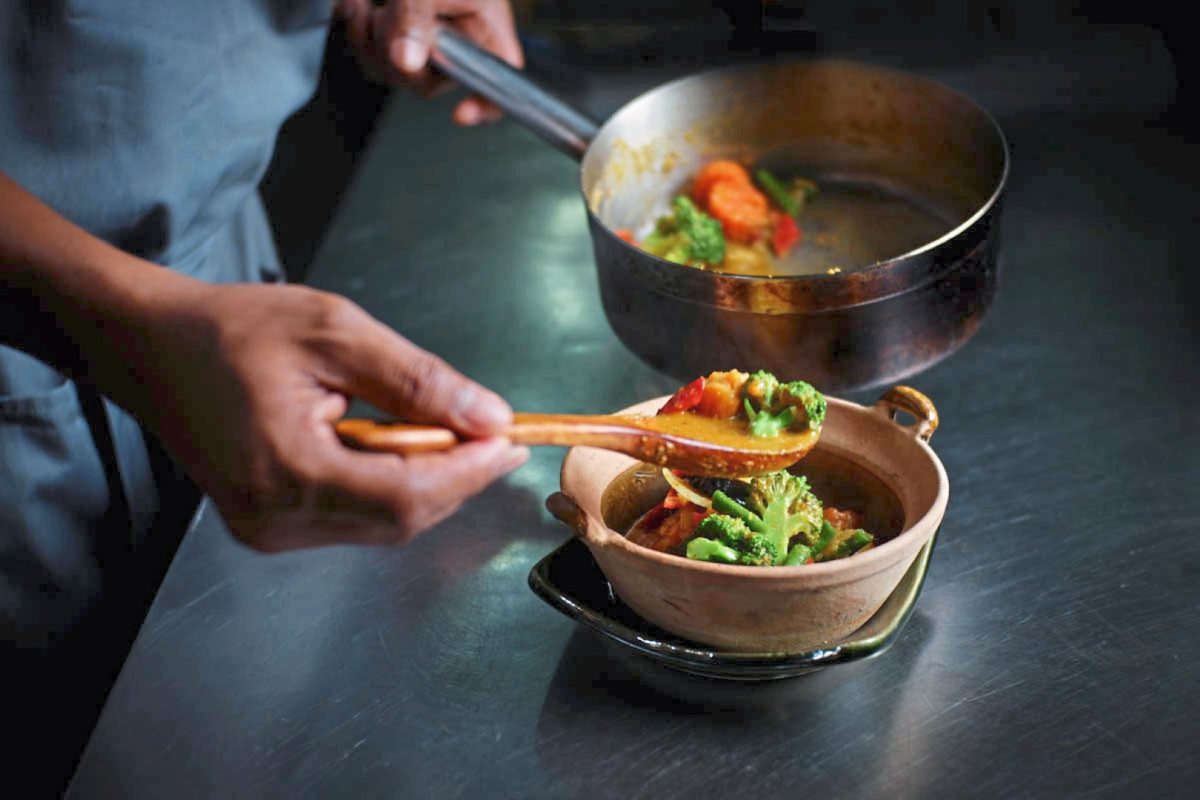
Prahok, a fermented fish paste elemental to Cambodian cooking, was an ingredient birthed by the circumstances of the time. Fresh fish are cleaned, crushed, and cured as they dry in the sun. They are then salted and placed into baskets where the runoff liquid collected can be used to make fish sauce (tirk trey in Cambodian). Left thereafter to ferment for months, its origin can be attributed as a way of preserving fish during the long months when fresh protein was unavailable in abundant supply for poor rural citizens. Another essential, kroeung, stands as the base flavour for many dishes. The herbal spice paste is a must-have in dishes such as khaw, where caramelized palm sugar coats meat or seafood; soups called samlor (sweet or sour, made with prahok and occasionally with coconut milk); and sgnaow (light broth flavoured with fish sauce); and more.
Food, A Link to Our Shared Humanity
In Siem Reap, a tourist city rife with restaurants, some offer faithful renditions of Cambodian classics while others serve more contemporary interpretations of them. In all of them, one thing remains – the understanding that food connects us in more ways than we can name.
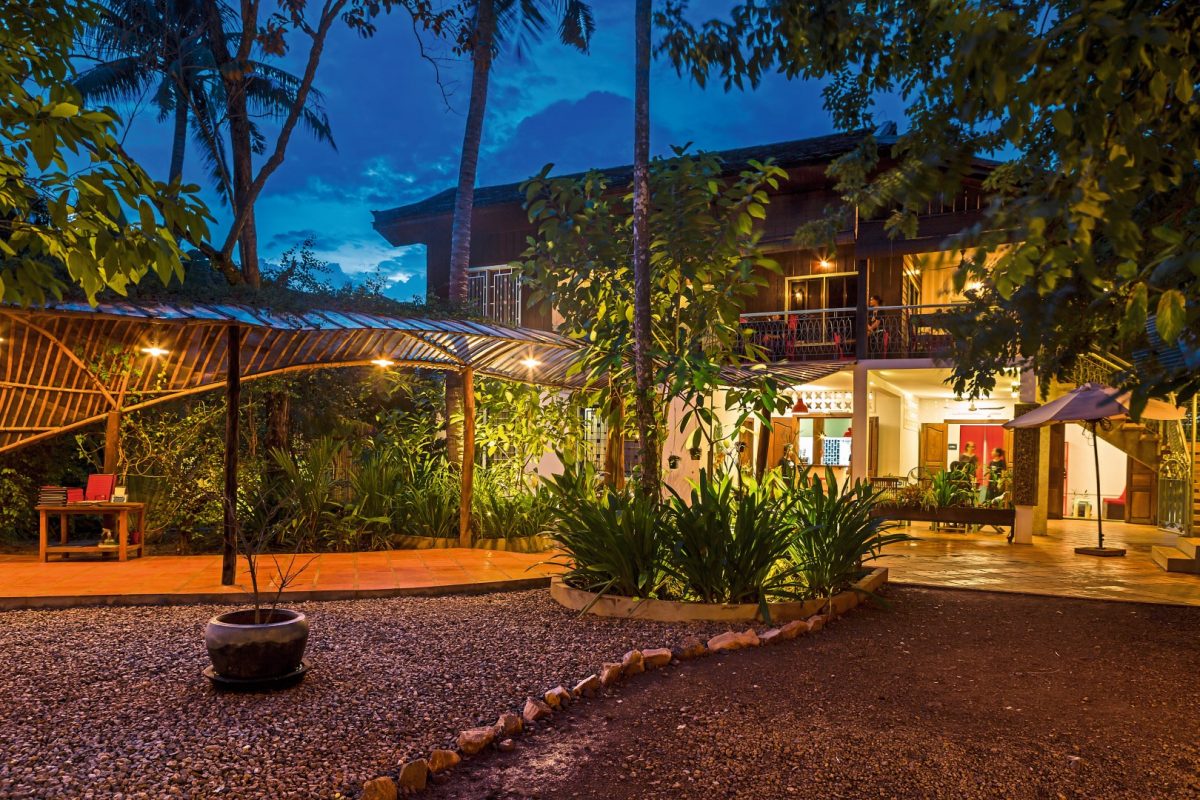
When Chef Pardet decided to join Sara and Paul Wallimann to open HAVEN Training Restaurant (Chocolate Road, Sangkat Sala Kamreuk, Siem Reap, Cambodia) he gave up a sure job at an acclaimed five-star hotel with a noble conviction: “Where I am now, I can cook, and that is what I love doing. But with HAVEN, I can cook and help my people.” The trio formed HAVEN, a training restaurant and social enterprise in 2011 to support and empower at-risk and disadvantaged young adults with culinary and life skills needed to pursue a sustainable career in hospitality and lead an independent life. When asked about the inspiration behind the name, Sara happily shared, “When we came up with HAVEN, we loved it right away. The sound has a warm, soothing and caring ring to it and the meaning describes exactly what we are: a safe place and sanctuary for our trainees and the whole team, as well as a beautiful relaxing oasis for our guests.”
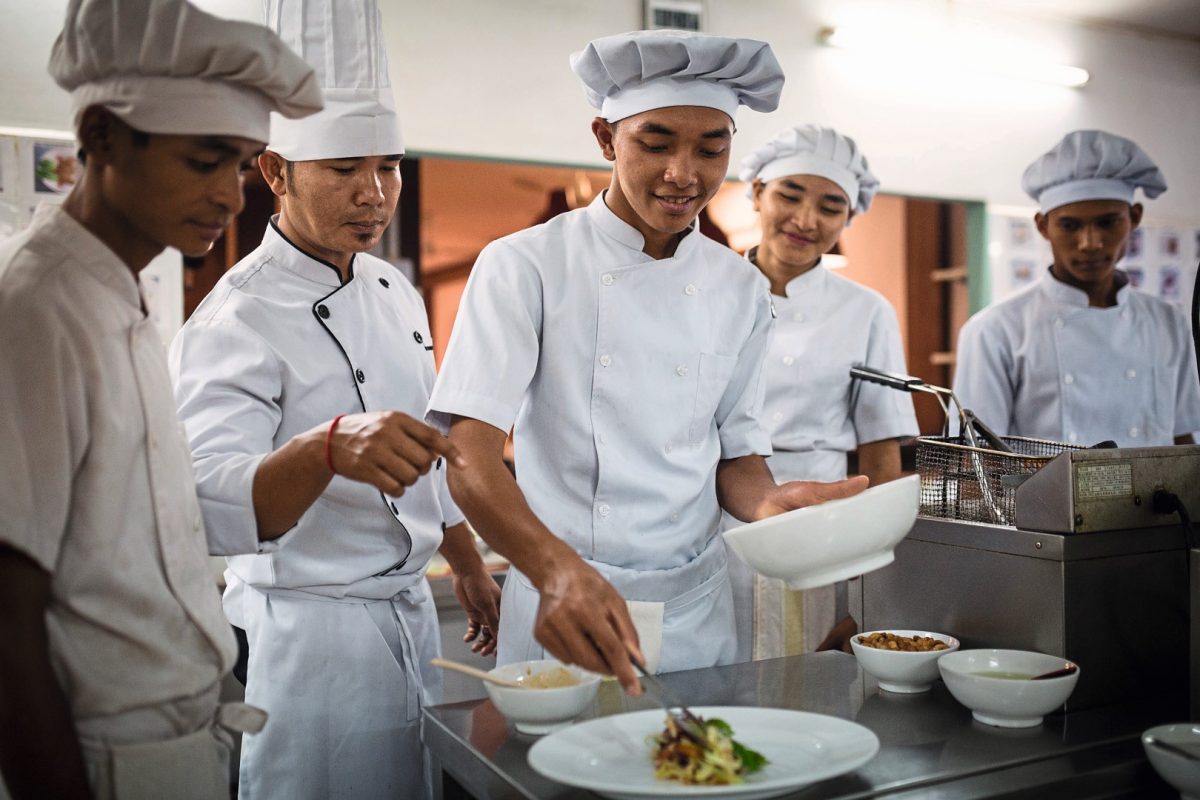
The training program is based on the Swiss apprenticeship system, a dual model with on-the-job practical training supplemented by theoretical classes, adapted to the needs in Cambodia. The 16-month training includes financial responsibility for the trainees, provision for shared housing, meals, medical care, and a monthly training allowance.
A meal at HAVEN is far-reaching: consuming excellent food in support of the training program and inadvertently transforming the lives of young adults are standard elements. The restaurant’s menu highlights interesting selections from Asian and Western dishes, specially curated according to the training needs of the students, where one can find Khmer amok (a traditional Cambodian dish) as well as zuri gschnetzlets (a traditional Swiss dish) and fish fillet with green mango, a signature fusion creation with a perfectly crisp freshwater fish fillet, artfully balanced on diced potatoes and topped with a mound of fresh green mango salad tossed with a spicy Khmer herb dressing.
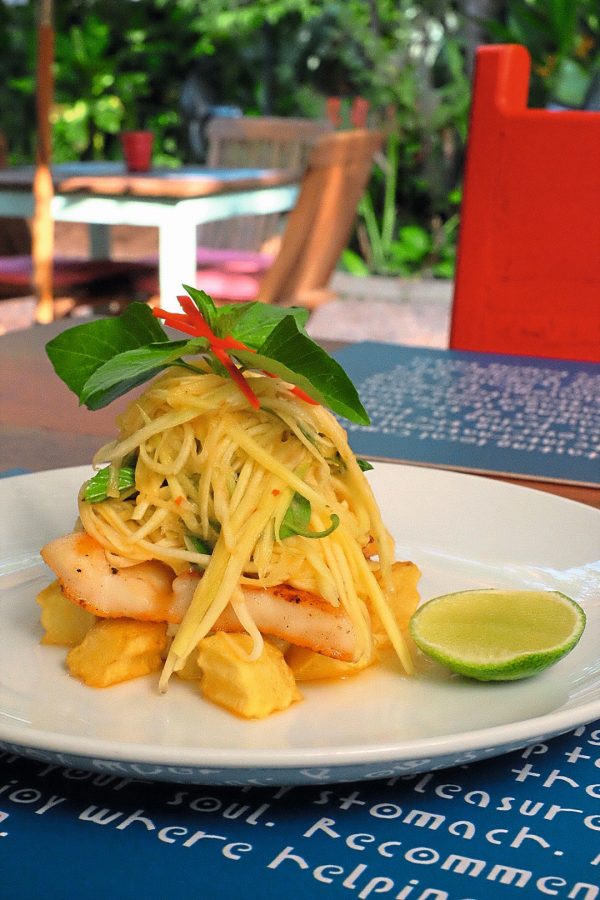
In Khmer language, changkran means ‘stove,’ usually placed outside of the house alongside with wooden sticks or charcoal. Opened in July 2018, Changkran Khmer Restaurant’s (Mondol 3 Village, Sangkat Sla Kram, Siem Reap District, Siem Reap Province 17251) name was chosen as an ode to traditional Khmer cuisine. The fine-dining restaurant, built to the likeness of a time-honoured Khmer house, took more than a year to construct with wood derived from Sralao, Thnong and Koki trees.
Chef Mongkol’s love for authentic cuisine was matched only by his drive to serve the less fortunate around him. Working abroad for 10 years after graduating from Paul Dubrule’s culinary school in Siem Reap, his dream to give young Cambodians a fighting chance in life by learning Khmer cuisine for better job opportunities in the future turned into reality two years ago. The local business became a training centre for eager students to hone their skills in cooking techniques and flavour compositions. With a menu repertoire to stir up any locavore’s interest with dishes such as honey green pork spare ribs with kampot pepper, fried beef sliced with tree red ants, a host of meat or vegetarian Khmer curries, its most notable dish is perhaps the amok trey knong dong (fish in coconut-curry steamed custard). Changkran’s version mingles rafts of river fish fillet with brilliant green noni leaves in a spicy turmeric-forward coconut gravy.
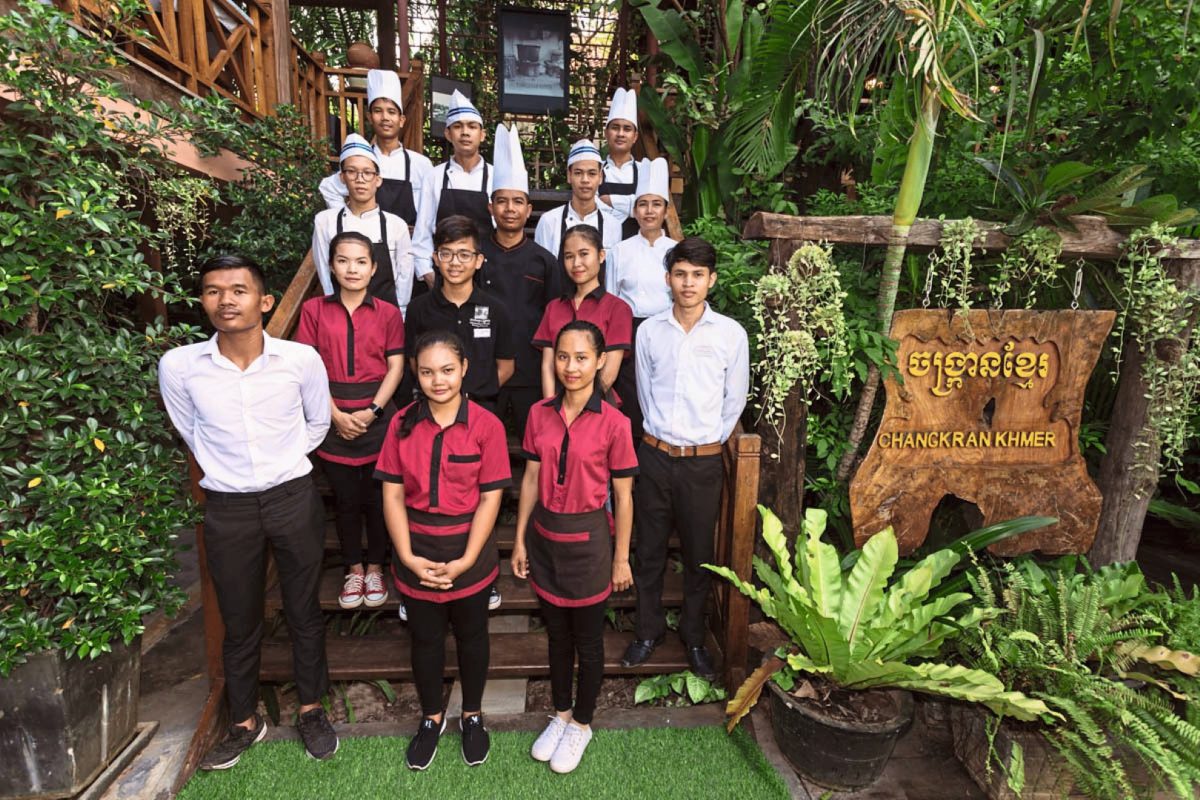
In a pluralistic world, travel is our antidote to ignorance. In this new world, when we can travel once again, sometimes, we just have to look beyond the surface, peer beyond the thrill and rush, beyond the adventure and the experience, beyond the pictures and the postings to understand that while we may not believe in the same things or share the same political views, we are connected through food. At a table, sharing food, having a conversation – that’s something that should bring us closer together every time.
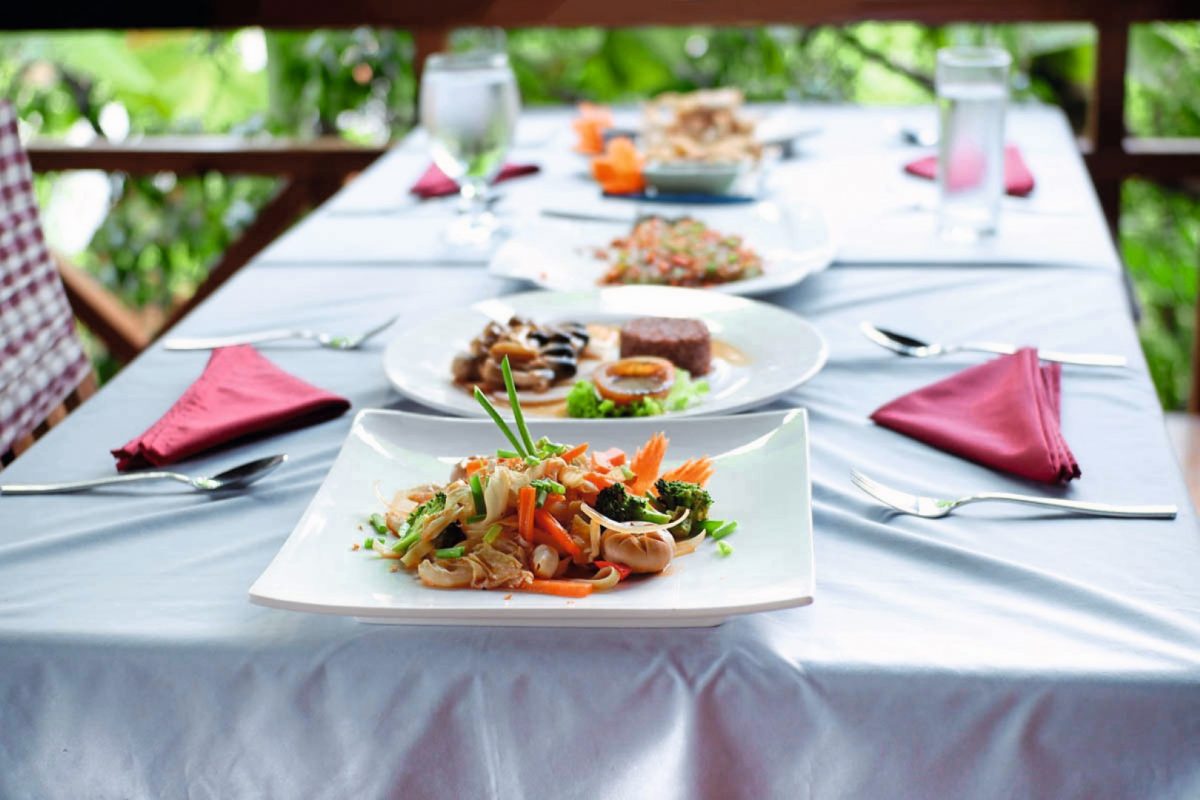
Photo Credits: Haven Training Restaurant and Laurent Dambies at Changkran Khmer Restaurant
"ExpatGo welcomes and encourages comments, input, and divergent opinions. However, we kindly request that you use suitable language in your comments, and refrain from any sort of personal attack, hate speech, or disparaging rhetoric. Comments not in line with this are subject to removal from the site. "

